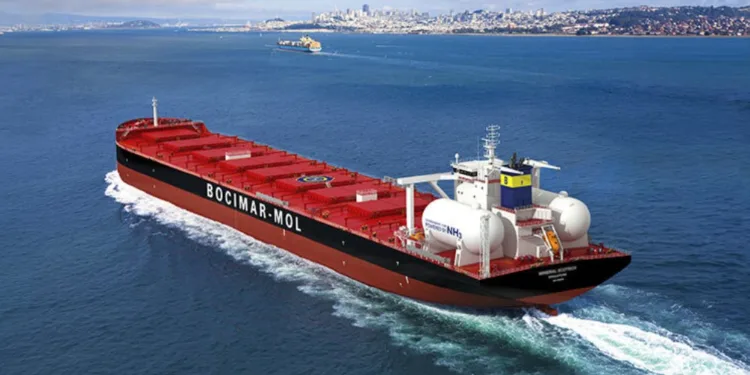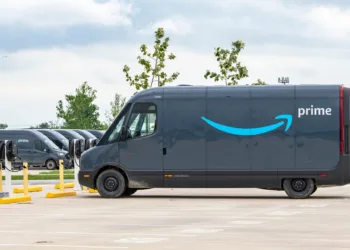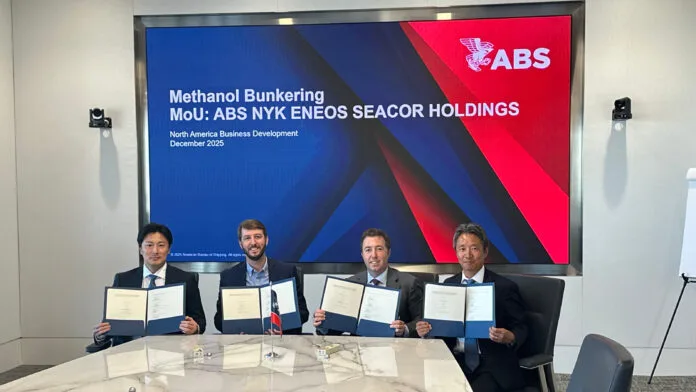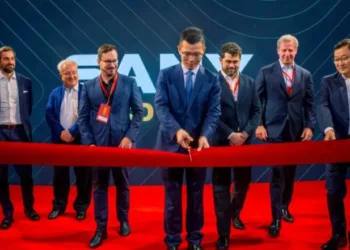The shipping sector is still off track to meet its climate target of having at least 5-10% of the fuel used in international shipping come from scalable zero-emission sources by 2030, according to a new progress report.
The fourth annual report of its kind, Progress towards shipping’s 2030 breakthrough – 2025 edition, follows the International Maritime Organization’s (IMO) agreement on the Net Zero Framework earlier this year. Developed by the UCL Energy Institute, the Global Maritime Forum’s Getting to Zero Coalition, and the Climate High-Level Champions, it finds that although technology is advancing, weak demand signals and stalled finance are risking delaying the transition and negatively impacting future supply.
Critical details of the framework, including the incentives the IMO intends to use to spark early adopters of scalable zero-emission fuels, are subject to further negotiation starting next month before the framework enters into force in 2027. These negotiations, as well as the time needed for the industry to understand and react to their implications, will determine whether there remains a plausible path towards zero- or near-zero emission fuel types making up 5% to 10% of shipping fuel by 2030.
The report suggests that to stay on track, the shipping industry must act on three fronts, starting by supporting a robust IMO reward mechanism that clearly prioritises scalable zero-emission fuels (SZEF), as well as increasing awareness of the growing risks facing non-SZEF-aligned vessels, and finally helping national actors and sub-global policy to gap-fill where the IMO Net Zero Framework might not provide sufficient support.
Current projections carried in the new report indicate that only around one-third of the demand needed to meet the 5% target would materialise by 2030, unless the industry steps up its orders of SZEF-capable vessels. That shortfall amounts to approximately 9m tonnes of fuel oil equivalent, or 400 large containerships capable of running on scalable zero-emission fuels.
It is estimated that about 5-10% of all the fuels used by the shipping industry in 2030 need to be SZEF for the industry to be on track to meet the ambitions laid out in the IMO’s 2023 Greenhouse Gas (GHG) Strategy. The 5% target is considered the critical mass at which the infrastructure, supply chains, and technology that support zero-emission fuels mature and enable exponential growth. If the 5% target is not achieved, it could jeopardise the industry’s entire 2050 net-zero goal.






















